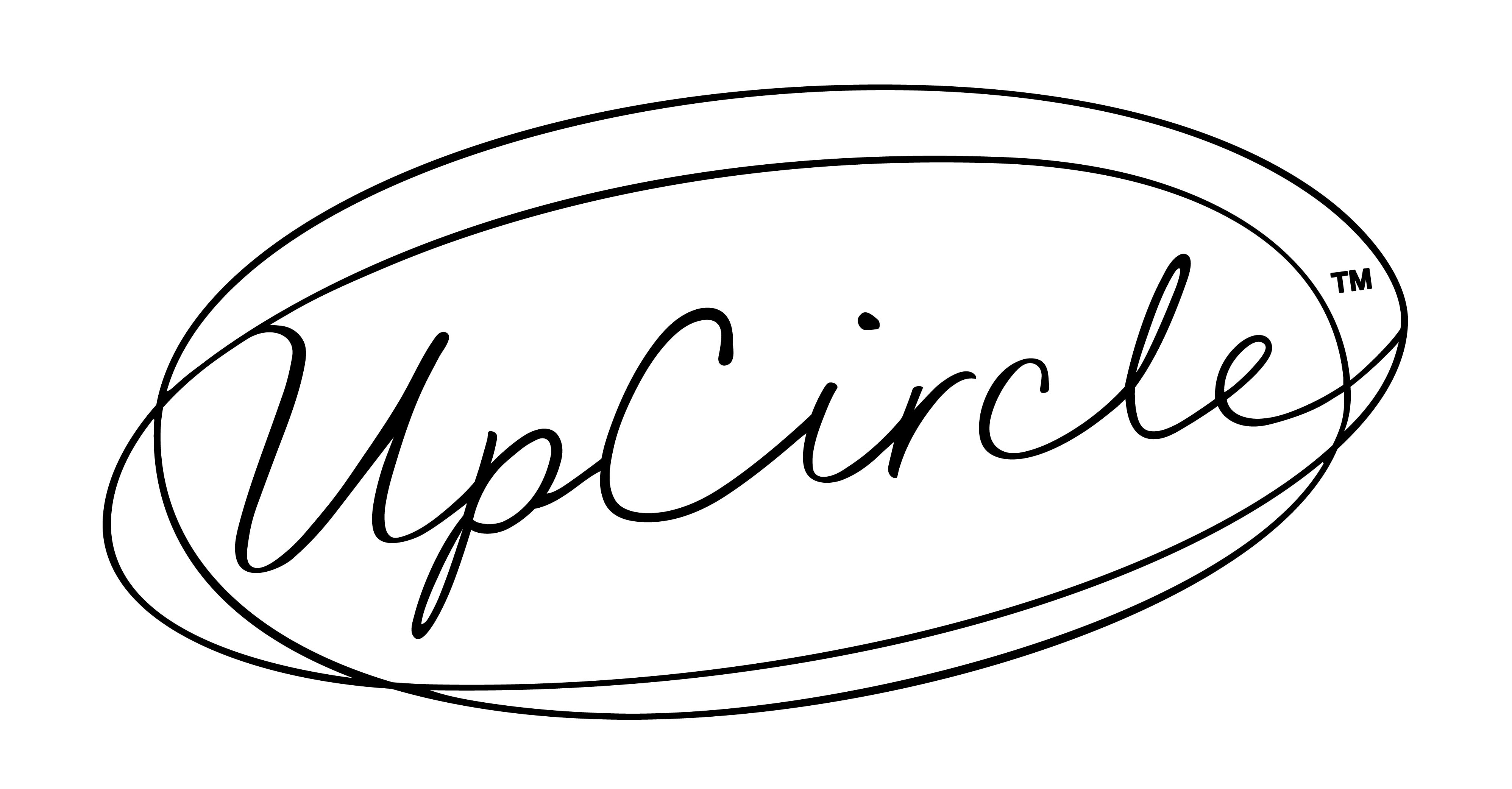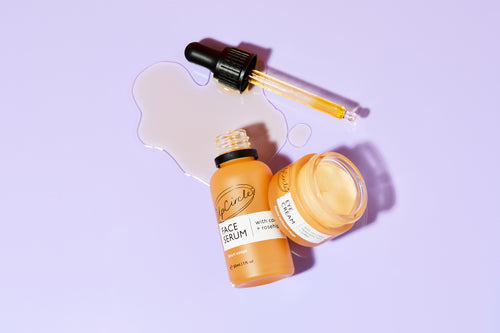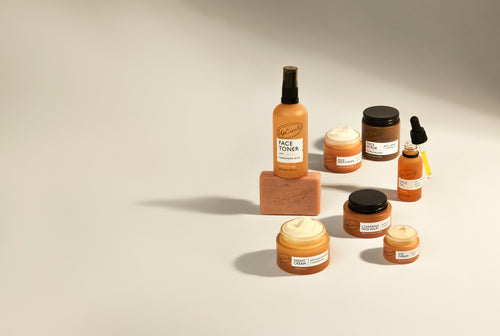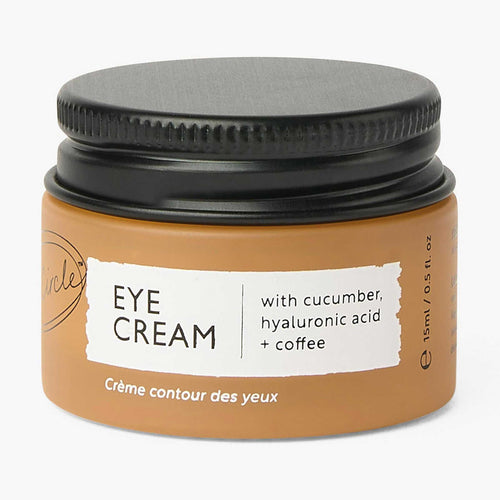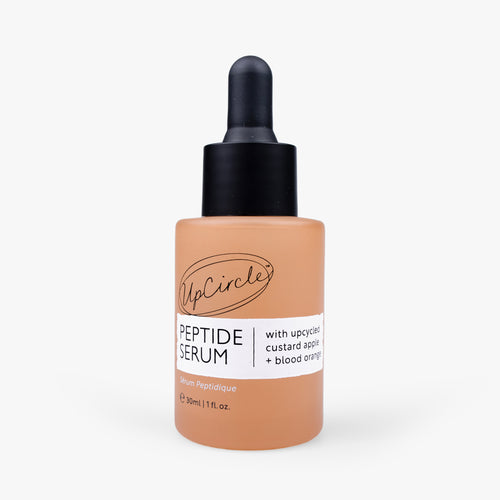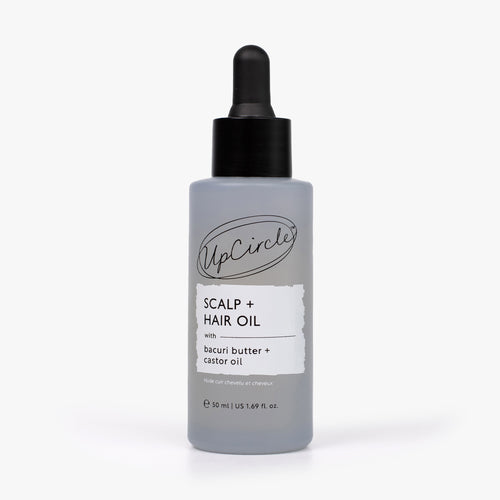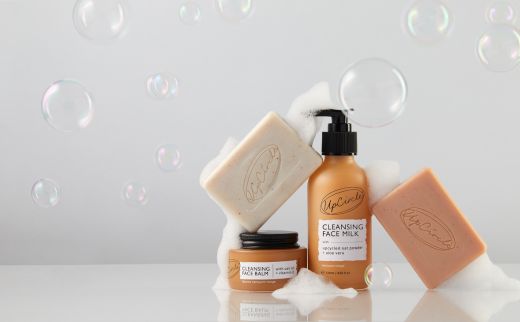If you ever head to London, take a moment to wander over to Hyde park. Walk up past the Serpentine, over the perfectly trimmed grass and through the crowds of selfie-stick wielding tourists. Make your way along the North-east edge and as you approach Oxford street you’ll find yourself in speakers corner, a peculiar spot where anyone can stand and preach on any topic they want. On one condition – they have to be standing on a soapbox.
Okay, technically you can stand on anything – but any platform is called a ‘soapbox’ and any speaker a ‘soapbox orator’. It’s an interesting historical quirk, and people bring stools, steps and all sorts of bizarre objects to stand on. There’s one thing they don’t bring though. Yep, you guessed it – an actual soapbox. It begs the question though, isn’t proper soap due a comeback?
The early days of soap
The first mention of soap is found carefully written on a Babylonian clay tablet. It is thought to date back to around 2800 BC – an era where stonehenge was still thought to be cutting edge architecture. This primitive soap was formed by boiling ashes with fats. The result was a substance useful for cleaning fibres used in producing textiles. However, personal hygiene wasn’t seen as a priority back then, meaning that soap wouldn’t be used for bathing for a while yet. Just as well, because the Romans were known to expand on the babylonian method with the addition of urine.
Over time, soap spread throughout the middle east and Europe. But it was still largely used for purposes apart from bathing, namely cleaning cooking utensils. The main kind of soap that had become popularised was based on Mediterranean recipes that added olive oil and salts (and removed the urine) in addition to the fats previously used. Many cultures had their own take on soap. They were made using local oils, such as Syrian bay lavender or Spanish citrus oil, developing their own unique scents and characteristics.
Developing the modern soap
While soap was popular, it was also seen as a luxury that few could regularly afford. Monopolies on soap production and the fact that historical soap needed to be specially cured in certain conditions, meant that large swathes of the public remained thoroughly soapless. In fact, it wasn’t until 1791 that things began to change.
This was the year that French Physician Nicolas LeBlanc invented the rather originally-named LeBlanc process. It involved producing large quantities of sodium carbonate (soda ash) from regularly available materials such as salt. Previously, wood ash had been used as the alkali (a type of chemical that’s vital for soap production) but deforestation had made this harder to come by in recent years. Luckily his new process allowed the price of soap to substantially decrease, alongside that of glass and paper – materials that also used soda ash.
Over the next few years, another Frenchman, Michel Eugene Chevreul, brought another discovery to the table. He worked out that ‘glycerin’ was the magical substance found in the fats and oils that gave soap its cleansing properties when mixed with an alkali. By the mid 1800s, milder personal soap had become its own product, separate from the laundry soaps of the time. The Italian trend of adding perfumes to mixtures also gained popularity. This helped to cover up the rancid smell of the animal fat often used as the glycerin source. When British soap taxes were lifted in 1852, soap was finally ready to be brought to the unwashed masses.
The heyday
From this point all the way through the 19th and 20th centuries, solid soap was big business. Initially producers would use a knife or cheese wire to cut out long pieces of soap right at the door or on a counter. This is where the term ‘bar of soap’ comes from – even though the shape of modern soaps could generously be described as blocks, or slabs at a stretch. These would then be lovingly wrapped in paper and taken home.
Some manufacturers started selling directly in general stores and pharmacies. They also used elaborate poster advertisements as a means of getting customers to buy their own soaps. This widespread use was fairly new at the start of the 20th century and was phenomenally successful, spawning dozens of iconic adverts. As well as these, soap makers focused on making their products as appealing as possible. They used new scents, packaging, and those classically adorned soapboxes – a common sight during these times.
In 1913 the first detergent (a synthetic soap-like substance) was developed in Germany, swiftly followed by large scale commercial release in 1933. As the industry exploded, so did the number of detergent based products, such as household cleaners. It also gave birth to a unique kind of advert, whereby two women stand in a room while one ‘naturally’ comments on just how clean it all is, thanks to their brand new cleaner, of course. Look out for them the next time you switch on the TV. This marketing is so effective that these cringe-inducing ads are still being produced even today.
A Rocky Patch
While solid soap was gaining all the headlines, its nemesis was slowly beginning to stir in the shadows. Liquid soap was first patented in 1865 but it remained relatively unpopular with regular folk, instead being used in industry during this time. This is probably due to the fact that it contained large amounts of ammonia and/or deer horn extract. This was needed to keep the liquid adequately sloshy.
In fact, it wasn’t until the 1980s that liquid soap as we know it began to be widely sold for personal hygiene. Up until this point, manufacturers struggled to find or make pump bottles cheaply enough to be competitive. Instead, they watched on enviously as bar soap continued its upwards trajectory. This wasn’t to last though and, like a soap bubble caught in the winds of change, things were about to burst.
Soon myths about bar soaps harvesting bacteria began to abound. Young people in particular embraced the new liquid future, decrying the traditional soap as smelling like old people and a relic of times past. Little did people know that most liquid soap wasn’t soap at all, but various kinds of detergent. It was only named “soap” due to the fact that the FDA had recently ruled that companies would not be misbranding their products if they did so. After all, it sounded a lot better than ‘hand-detergent’ or ‘skin-cleaner’.
This ruling was the break liquid ‘soap’ had been waiting for and its supposed convenience propelled it to overtake natural solid soap for the first time in history. Soon bathrooms everywhere were stocked with the stuff. People couldn’t be clean enough. Solid soap became a relative rarity.
However, it wasn’t long before the first empty soap bottles found themselves starting to pile up in landfill.
A revival
As the 21st century has progressed, people have become ever more aware of the fragility of our planet. We are all taking steps to become more sustainable in our everyday lives. In this new light, the wasteful and synthetically based bottles of liquid soap are no longer seen as the best way to stay clean.
Preconceptions around solid soaps are also being washed away (so to speak). The idea that glycerin has to come from animal fats is an old one. Indeed glycerin can be sourced from many oils, with coconut oil being a great vegan source. Dismantling another myth, solid soaps are actually less likely to foster bacteria than liquid equivalents. There’s a reason that bars last for over fifty years!
Benefits of using bar soap
It’s more than just an argument of preference though. Traditional soaps are often much kinder to skin, containing 100% natural ingredients instead of harsh chemicals. This isn’t to say that there aren’t great liquid soap options out there – take our Hand and Body Lotion as an example. It’s just that liquid soaps are more likely to have less natural formulations in order to make them foam in the same way as a solid soap does.
Solid soap bars also come in an almost limitless variety of beautiful colours, textures and scents. Here at UpCircle we even repurpose leftover chai spices from Henny and Joe’s Chai syrup to make our scrumptious range of Organic Palm Oil Free Soaps. We’re helping to clean up the environment as well as people. Oh, and if you’re not yet sold, solid soap lasts longer too.
So if you ever find yourself at speakers corner feel free to put down your soapbox and take a stand. Become a voice for natural soap. Preach about its revival – enjoy the standing ovation. Or just get in touch with our team. Either way, if you’ve got something to say we’d love to hear from you.
